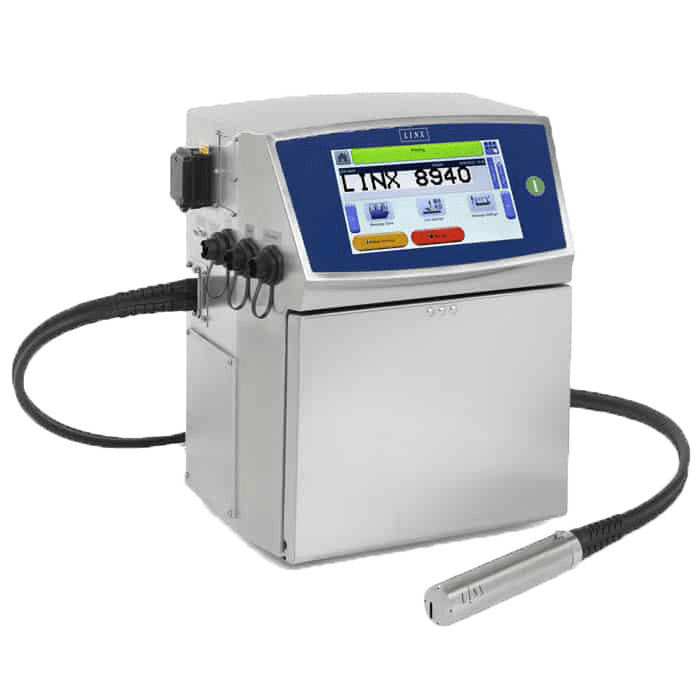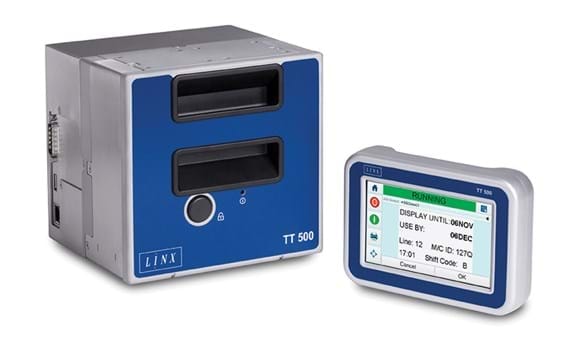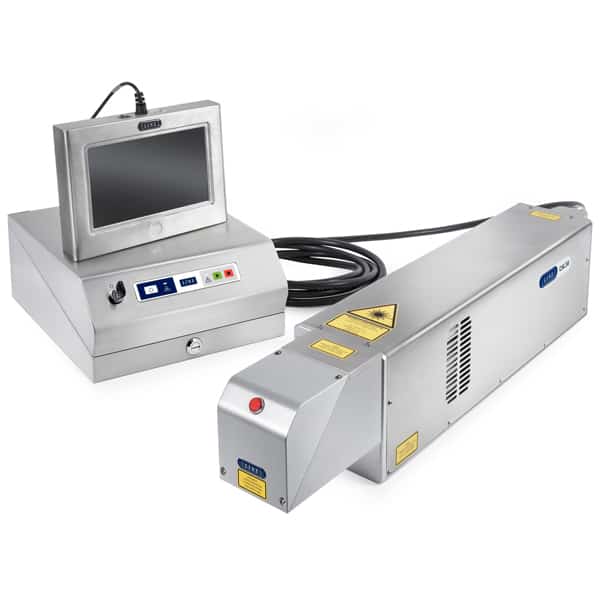Inkjet coding on Food Product
Inkjet date coding printers for the food industry to explicitly mark food products with expiry dates and lot codes. However, some food products require printing with edible food-grade ink to comply with health and safety regulations.

These inkjet date coding printers offer food manufacturers as well as packagers an efficient solution. Inkjet coders code these food products with important information while complying with food safety regulations. Additionally, these printers ensure that the products are traceable, compliant, and safe for consumers.
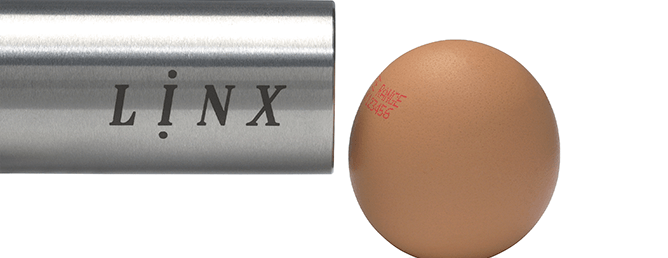
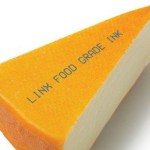
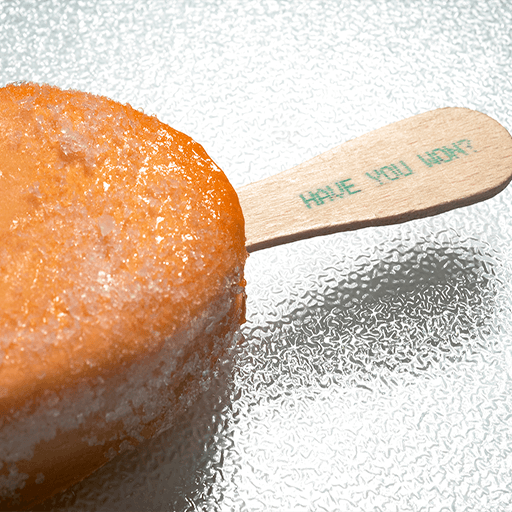

When it comes to food packaging, safety is always the top priority. As a result, our food-grade inkjet coding printer has become a game-changer. These specialized food-grade inks get composed especially of edible raw materials. These ink can identically print on a wide range of food products and packages. The printer is not only cost-effective but also conforms to US and EU standards. Moreover, these versatile and flexible operational capabilities of the continuous inkjet printer make it perfect for fast-moving food products. Looking for an all in all food industry solution, then our food-grade inkjet coding printer is the answer.
Types of Coding Printers for Food Products
Indeed, to ensure product traceability, coding & marking have become essential for food manufacturers. With advancements in technology, there are various options available for coding and marking food items. Which includes continuous inkjet printers (CIJ), laser coders, thermal transfer over printers (TTO), and large character printers. Each technology offers unique advantages, such as fast coding with laser coding. On the other hand printing QR codes and barcodes with TTO. Linx industrial printers offer a range of solutions for date coding and case coding in the UAE and Oman. Helping manufacturers meet the requirements for expiry dates, manufacture dates, and best-before dates. By investing in the latest coding and marking technology, food manufacturers can ensure their products are accurately labeled. Additionally, consumers can have confidence in the products prior to consumption.
Inkjet coding and laser marking are two common types of marking technologies that are used in the food manufacturing industry
Ensure accurate labeling, traceability, and compliance with food safety regulations. Overall, the use of inkjet coding and laser marking technologies in the food industry help highlight product information. The choice of technology used depends on the substrate, the required resolution, and the speed of the production line.

